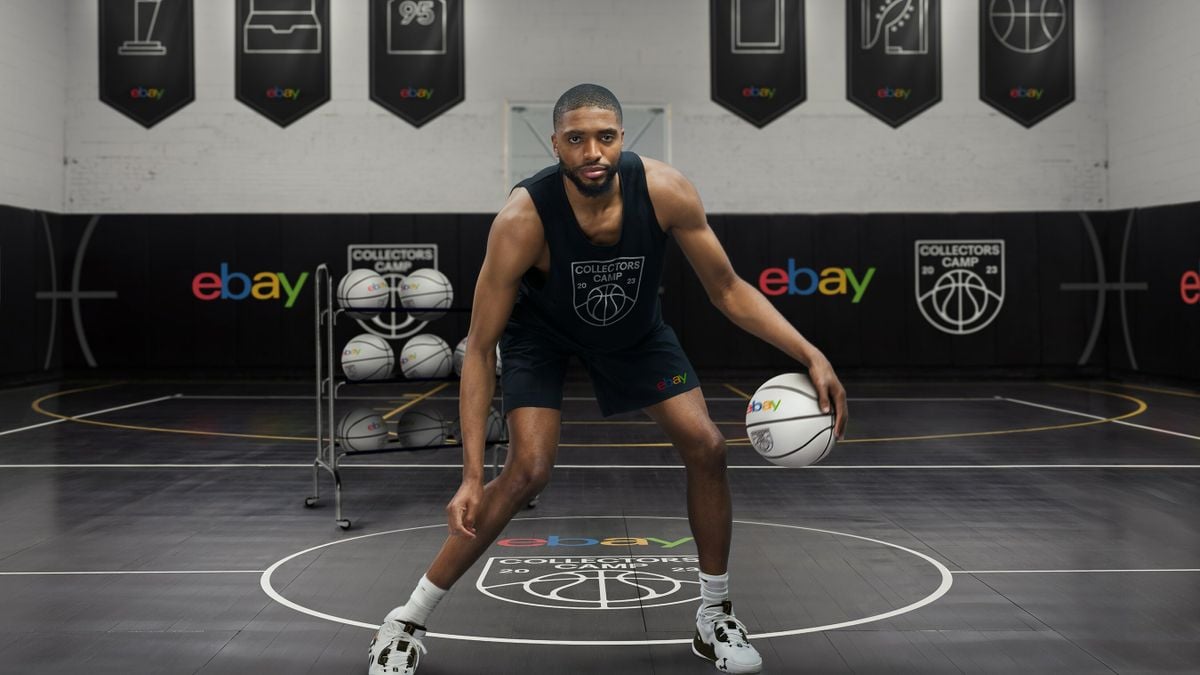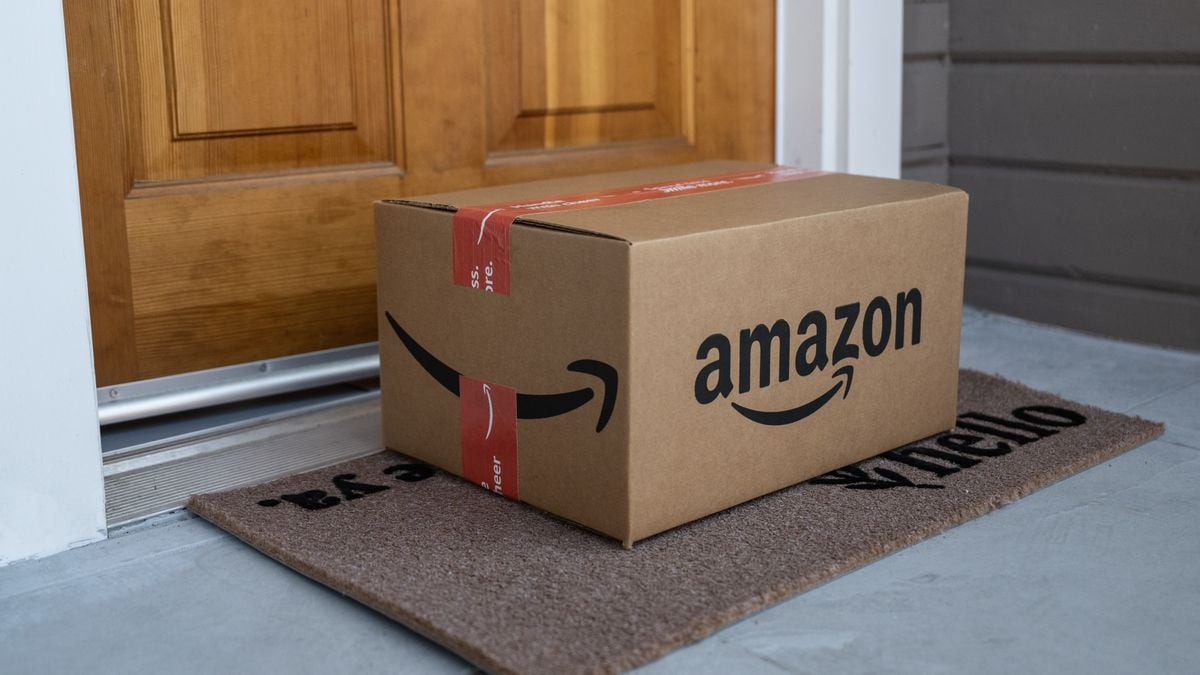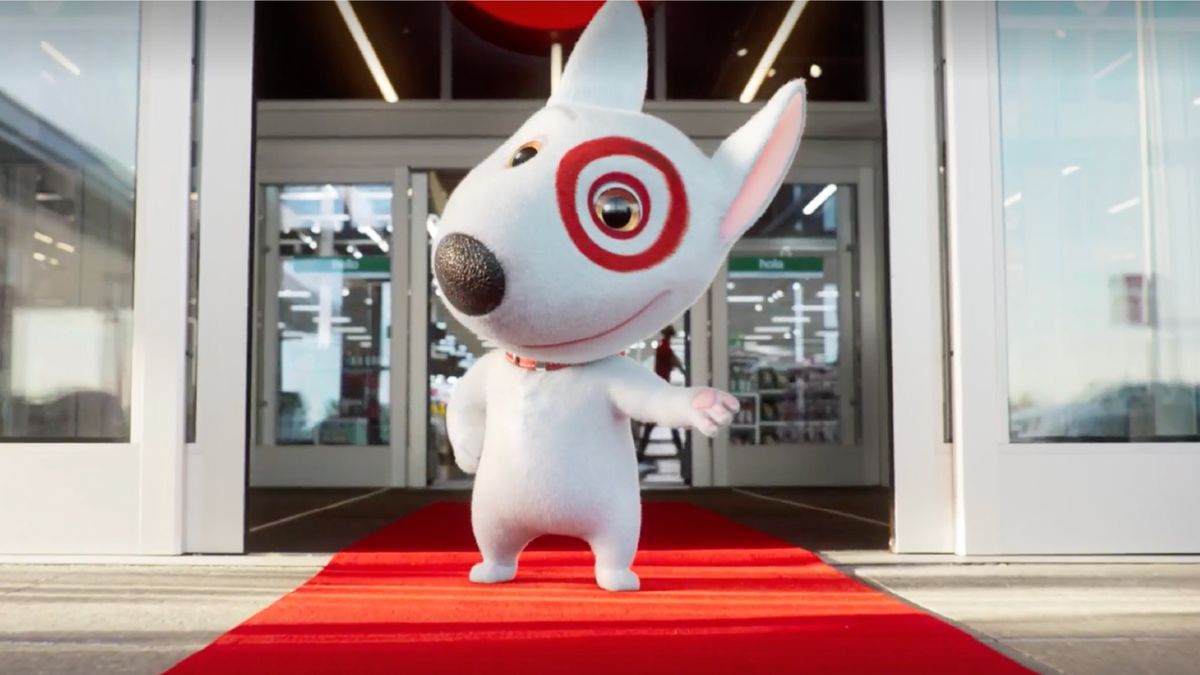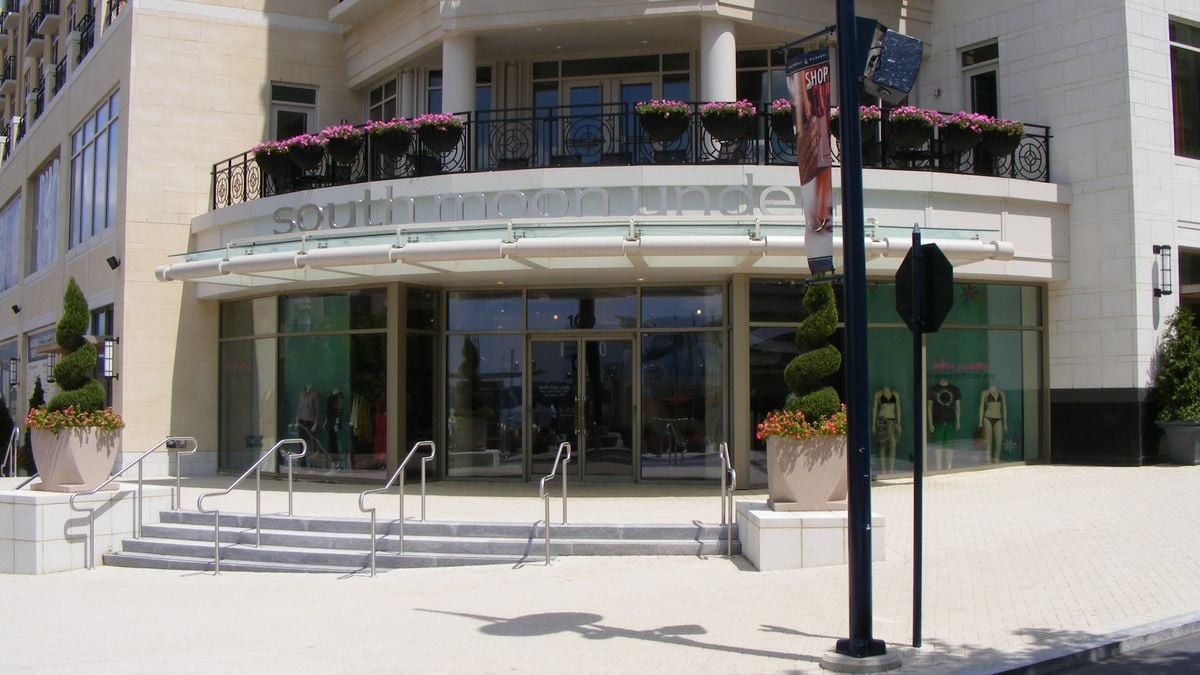Editor's note: The following is a guest post from Gad Allon, the faculty director of the Jerome Fisher Program in Management and Technology at the University of Pennsylvania. Views are the author's own.
You have probably heard quite a bit over the last few months about product shortages and stockouts. Unfortunately, with lockdowns re-emerging in countries around the world, we likely still have a long way to go in terms of evening out supply chains and resuming inventory as usual on store shelves. Due to these issues, retailers must decide whether they will communicate to their customers regarding these stockouts or "face up" by spreading out inventory to make shelves look more filled than they actually are.
There are several benefits to each strategy — and disadvantages and risks as well. Retailers utilizing stockout signs and being transparent with customers are building trust by informing customers about product availability and usual inventory. The problem is no one likes shopping in stores with empty shelves — it evokes a doomsday feeling and feels inefficient, neither of which are conducive to spending money. Inventory stimulates demand — the more you have of something, the more people will buy. The opposite is also true — and if the shelves are empty, there's less for people to buy and little reason for them to come in.
Retailers that face up by pretending to have full shelves when inventory is down, are appealing to the low information customer — the person who isn't sure exactly what they are shopping for. Facing up also works for customers looking for a product that don't have a brand preference. Stretching the facing of brands the store has in stock increases the likelihood of a sale, and can increase the purchase of private labels, which tend to be higher-margin products. There are risks to this strategy too, including losing the customer's trust and deterring them from buying a product if it's not in the same location they're used to.
So, what's the right approach?
When shopping at a store, all customers want higher availability of the product they are looking for. For example, most people probably have a basket they usually buy at the supermarket each week. There is a small cost to the customer for changing products in the basket and a higher cost for changing stores (different locations, different product, new store layout to navigate). But, if a customer knows that a product is no longer carried in the store they frequent and another store has it (like an Amazon or Walmart), they will likely make a switch. Thus, retailers aren't really faced with a tradeoff of which strategy to choose, they can only give signals that customers respond to.
In a series of research papers, my colleagues and I have tried to determine whether "equilibrium language" exists, and what this theory means for operations or businesses. The core idea is that various physical and/or verbal signs tell us something different about the state of the operating system (be it a call center or store) and thus require or induce a different action.
For example, we studied this theory — called information provision — in a call center. In such a system, when contacting a call center, callers hear announcements along the lines of "we are experiencing high call volumes," or "the expected waiting time is longer than 20 minutes," and sometimes there is no announcement at all. These announcements are signifiers — in our paper we refer to them as "cheap talk" — meant to induce a different action.
When the queue is short and no announcement is provided, the call center wants the customer to stay on the line until the next available agent can help them. When the queue is long and the announcement mentions longer than normal waiting times, the call center wants the customer to remain on the line only if their issue is of extreme importance. Thus, the signifiers, or the "cheap talk," are both informative and influential because the customer and the call center are aligned — they both want the customer to remain on the line when the line is short and to hang up when the line is long — the call center has very little incentive to misrepresent the situation. Given this alignment, equilibrium language is possible when it comes to call center or store messaging.
Yet is the same idea of an "equilibrium language" possible here, where the stockout sign is one signifier and the "faced up" shelves are another, and where each result in a different action? The answer is no. Unlike the example of the call center, the customer and the store are not aligned in this situation.
The customer wants to learn whether this stockout is store specific or industry wide; each case resulting in a different action.
The store wants the customer to take the same action regardless of whether the stockout is store specific or industry wide; the store wants the customer to find a substitute and continue buying from them in the future. When a store wants a customer to take the same action, regardless of the underlying situation, "equilibrium language" is just not possible, which brings me to my final point.
Maybe this is not about a store-specific strategy, but rather more about a product-specific strategy: For high loyalty brands, it may make more sense to alert customers that, while you do carry the product, it is currently out of stock due to shortages on an industry level. For brands with low loyalty, however, facing is probably the right approach regardless of whether the product is missing only at the store level or across the entire industry. The stores that don't have it want you to think that it's missing at the industry level because it's less about what the signs convey and more about the actual missing product.
Finally, what does this all mean for us as customers? Everyone is experiencing shortages right now, so if you really want to know where to buy things (and avoid driving all over town to find them), it's best to do the leg work. Do not take information at face value. It's not meant to inform you; it's intended to influence you.





















